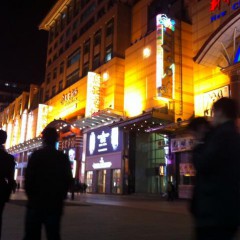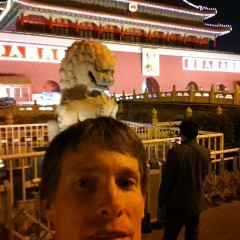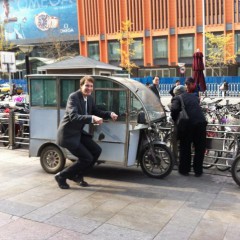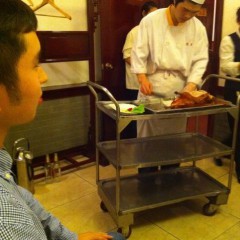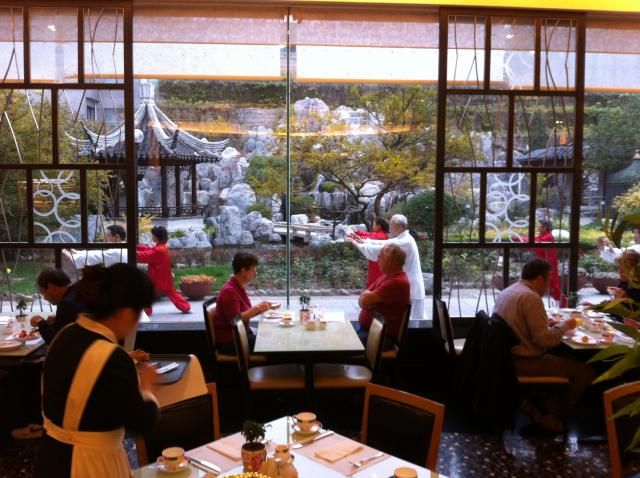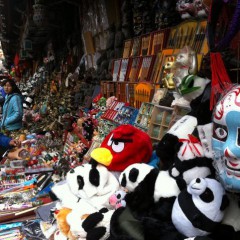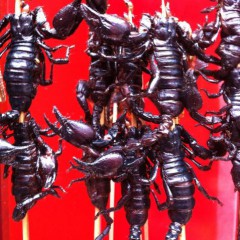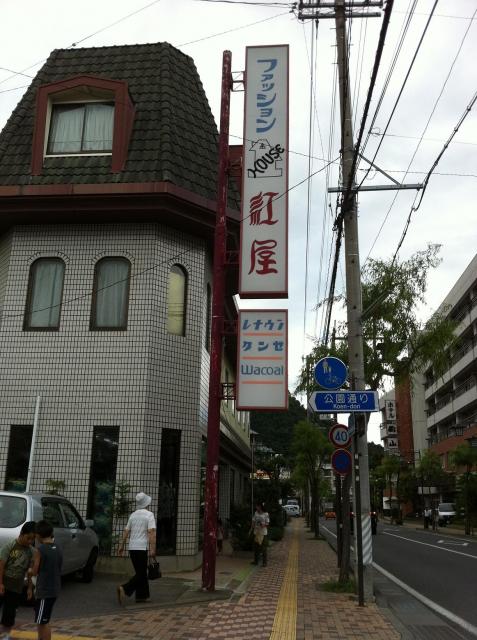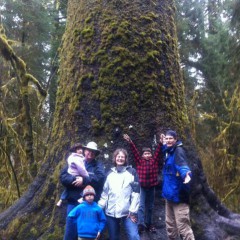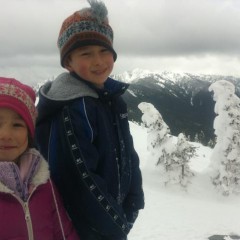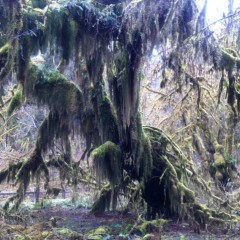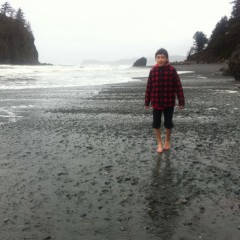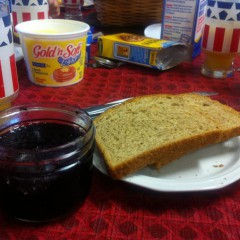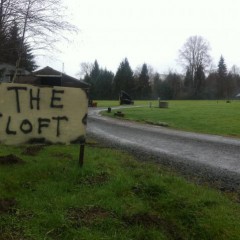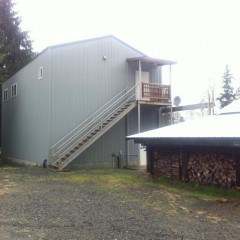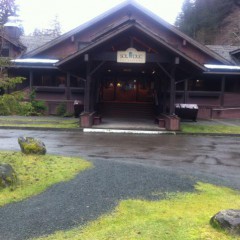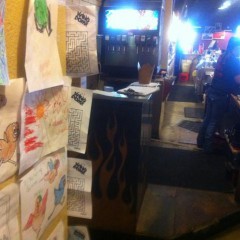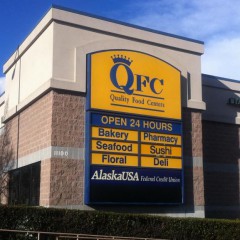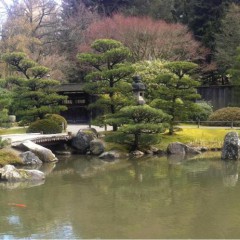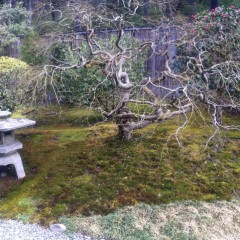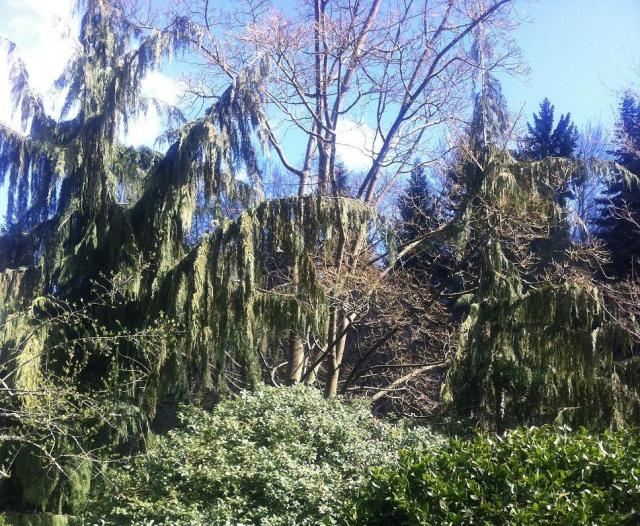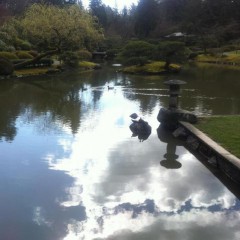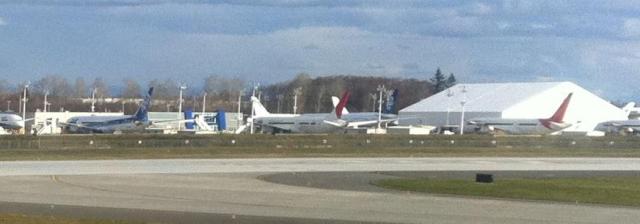私は18年前に一度北京に訪ねました。その時は高速道路に羊がうろうろ、天安門広場の地下鉄の駅に農民がキャンプしたり、「遅れた」のようなイメージを受けました。
今回はブランド品のお店やデパート、渋谷やタイムズ・スクウェアと変わらない様な最新な街並みを見れて、驚きました。
チャイナタウンらしいところもあって(観光客用?住民は来るかな?)、ホテル街の裏に18年と変わらない街並みもあって、今日の北京は複雑な顔をしています。
北京だけに慣れるのに、足は何回運べばいいだろう?そして、中国という国は北京だけじゃない。
私は知りたいのは海外旅行する中国人のマインドです。亀清旅館及び長野県には喜んで頂けるでしょうか?
北京で「Understanding the Chinese Mind」という本を買った。作家の Boye Lafayette De Menteさんは中国以外に日本も韓国も研究していて、欧州にも米国にも比較した本である。「アジアは形式バレ、欧米はカジュアル。特にアメリカ。アメリカは世界一カジュアルの国だ」と書いてあった。中国の事を勉強するつもりで、自分の事の勉強になってしまいました。(私もカジュアル過ぎるのかなと心配になってしまいました。。。)
When I travelled to Peking 18 years ago, the things images that stuck in my mind were of the taxi from the airport stopping to let sheep cross the freeway, and of the peasants (?) from the countryside camping in the subway station. And a lot of grey ferro-concrete buildings.
This time around, during my sales trip there with the Nagano junior ryokan assocation, I saw a very different Peking. The shopping streets and hotel districts were indistinguishable from Shibuya or Times Square!
Besides the brand name shops and department stores, there was a touristy 'China Town' (do locals even go there?) and a block behind our hotel was a grey street more like I encountered 18 years ago.
Peking has a very complicated facade, and that is only the tip of the iceburg that is China. I got the feeling that it would take many trips here to get accustomed to China.
While in Peking, I bought a book called Understanding the Chinese Mind by Boye Lafayette De Mente. My hope was to try to get a feel of what Chinese travellers may be interested in and if Kamesei Ryokan and/or Nagano would meet their needs. Besides China, the author also mentions similarities with Korea and Japan, while comparing all to and amongst Europe and America. One phrase shocked me: "Asians tend to be more formal than Westerners, with Americans being the most casual in the world." I went to Peking to study about the Chinese, and ended up learning about myself.
(And wondering if maybe I'm too casual?!?!)
